The pursuit of the perfect cup of coffee is a journey that often leads enthusiasts to explore various brewing methods, each with its own set of variables to master. Among these, pour-over coffee has gained significant popularity, with its precise control over extraction allowing for a nuanced and flavorful experience. At the heart of this method lies the humble yet critical variable: water temperature. For pour-over coffee, the consensus among experts is that 92°C (197.6°F) is the sweet spot for optimal extraction. But why this specific temperature, and how does it influence the final brew?
Water temperature plays a pivotal role in coffee extraction, acting as the catalyst that unlocks the complex flavors trapped within the coffee grounds. Too hot, and the water can over-extract, pulling out bitter and astringent compounds. Too cool, and the under-extracted result will be weak, sour, and lacking in depth. The magic of 92°C lies in its ability to strike a delicate balance, ensuring that the desirable flavors—bright acidity, subtle sweetness, and rich aromatics—are extracted without venturing into the realm of bitterness.
The science behind this temperature is rooted in the solubility of coffee compounds. Chlorogenic acids, which contribute to coffee's acidity and complexity, dissolve efficiently at around 92°C. Meanwhile, sugars and lipids, responsible for sweetness and body, also extract well within this range. At higher temperatures, the risk of extracting harsh tannins and undesirable bitterness increases, while lower temperatures fail to fully dissolve the compounds that give coffee its character. This makes 92°C a reliable benchmark for achieving a well-rounded and harmonious cup.
Beyond the science, the practical application of this temperature is equally important. When preparing pour-over coffee, consistency is key. Preheating the brewer and the serving vessel helps maintain the water temperature throughout the brewing process, ensuring even extraction. A gooseneck kettle, with its precise pour control, allows the barista to saturate the grounds evenly, further enhancing the extraction efficiency. The 92°C guideline serves as a starting point, but slight adjustments may be needed based on factors like coffee freshness, roast level, and grind size.
Experimentation is encouraged, as small deviations from 92°C can yield interesting variations in flavor. A slightly lower temperature might highlight a coffee's fruity or floral notes, while a touch higher could emphasize its chocolatey or nutty undertones. However, straying too far from this range often leads to diminishing returns, with the coffee losing its balance and becoming either overly sharp or unpleasantly bitter. For those new to pour-over brewing, adhering to 92°C provides a reliable foundation to build upon.
The cultural significance of this temperature cannot be overlooked. In specialty coffee circles, 92°C has become a hallmark of quality, a standard that reflects a deep understanding of the brewing process. It represents a commitment to precision and an appreciation for the subtleties that make each cup unique. Whether you're a home brewer or a professional barista, mastering this variable is a step toward unlocking the full potential of your coffee.
Ultimately, the 92°C rule is more than just a number—it's a gateway to a richer, more intentional coffee experience. By paying attention to this detail, brewers can transform their daily ritual into an art form, one that celebrates the intricate dance between water and coffee. So the next time you prepare a pour-over, take a moment to consider the temperature. That precise 92°C might just be the key to your best cup yet.
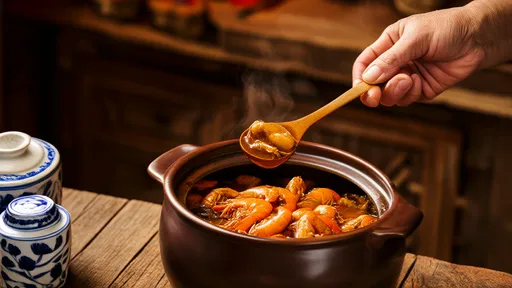
By /Aug 11, 2025
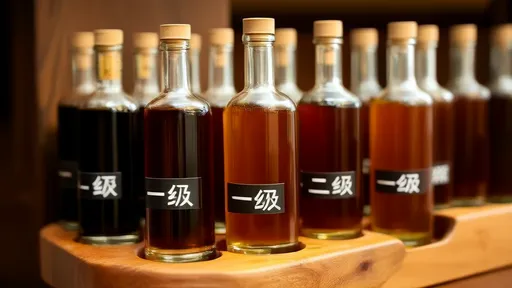
By /Aug 11, 2025
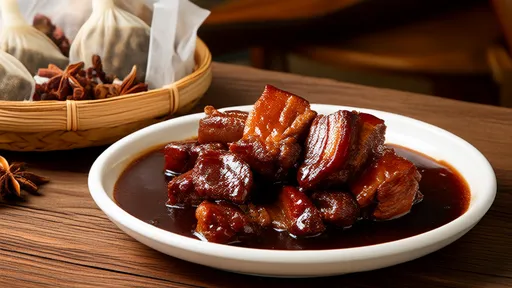
By /Aug 11, 2025
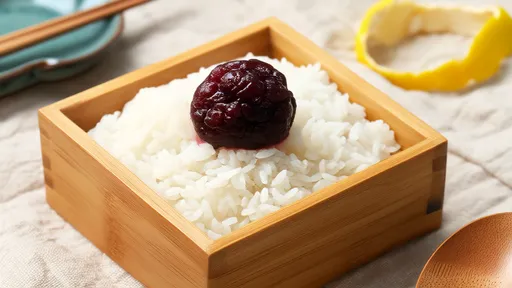
By /Aug 11, 2025

By /Aug 11, 2025

By /Aug 11, 2025

By /Aug 11, 2025
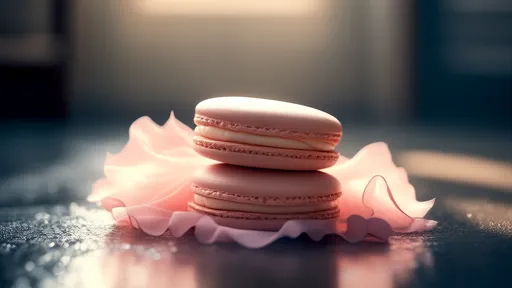
By /Aug 11, 2025
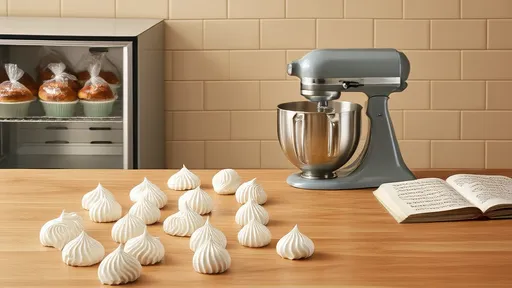
By /Aug 11, 2025
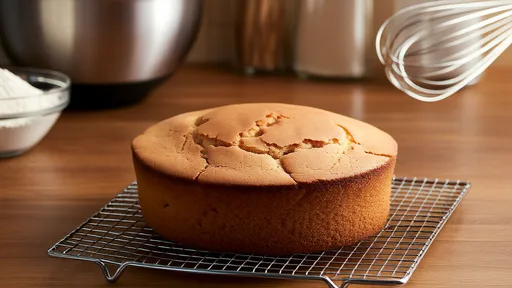
By /Aug 11, 2025
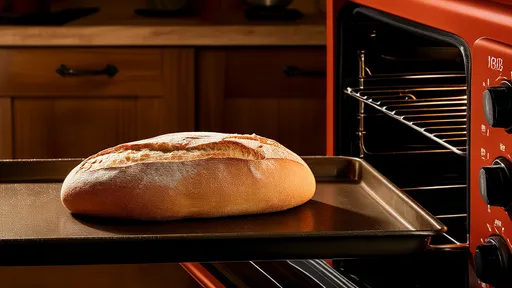
By /Aug 11, 2025
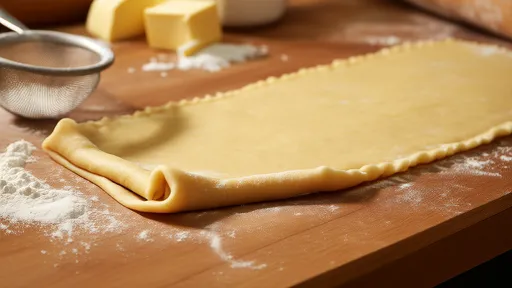
By /Aug 11, 2025
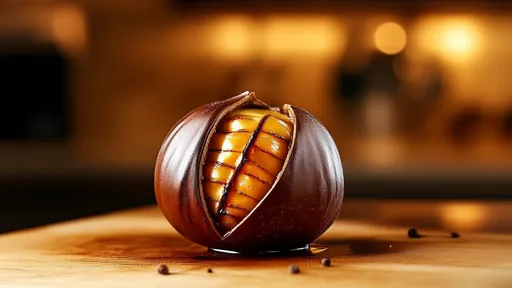
By /Aug 11, 2025
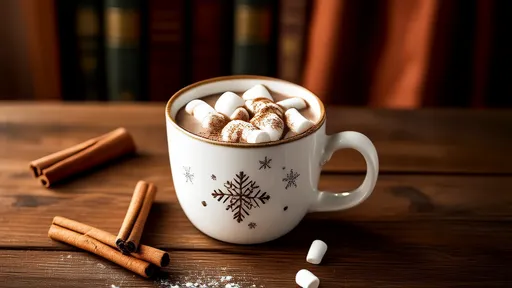
By /Aug 11, 2025
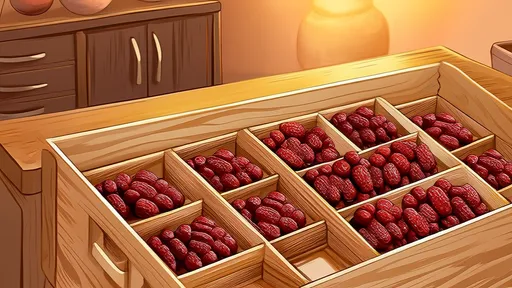
By /Aug 11, 2025
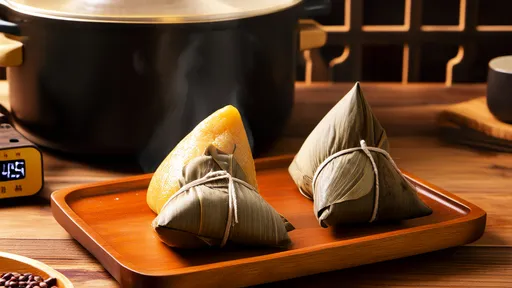
By /Aug 11, 2025
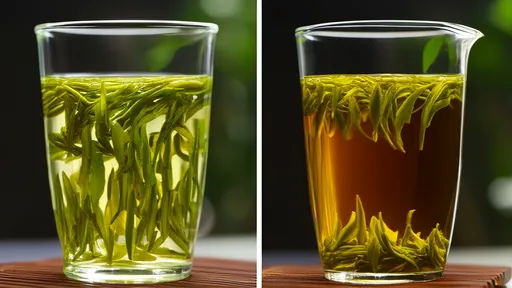
By /Aug 11, 2025
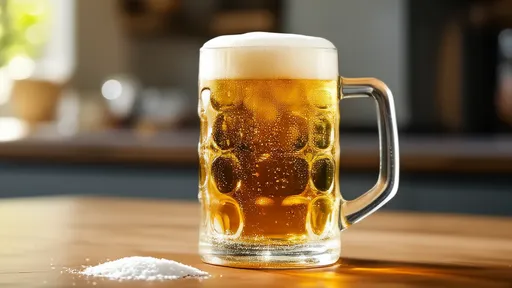
By /Aug 11, 2025
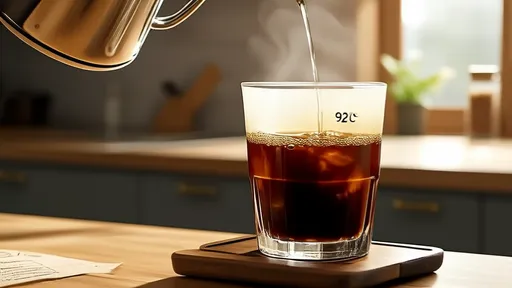
By /Aug 11, 2025

By /Aug 11, 2025